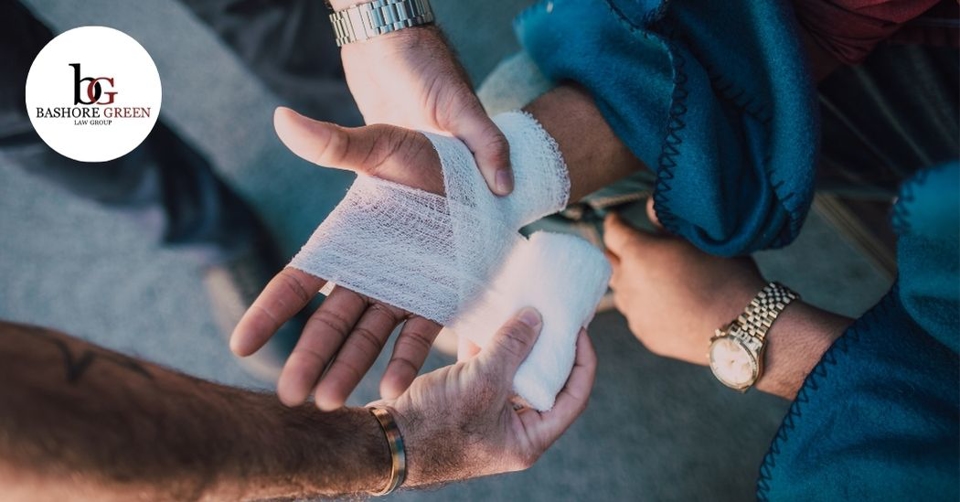As the end of the year approaches, the days are getting shorter, and the nights are getting longer. What you might not realize is that also means a significant spike in car crashes over the next few months. Each additional hour of darkness significantly increases the risk of a crash, but does that mean driving at night is dangerous?.
Increased Risk
Drivers are at a much higher risk of being involved in a car crash at night than during the day. Roughly 50% of all car crashes occur between the hours of 11 PM and 5 AM. Put another way, 50% of the crashes occur during about 25% of the day.
Additionally, these crashes tend to be 4x more fatal than similar crashes that occur during the day. There’s no single contributing factor to this. Rather, the increased risk of driving at night comes from a variety of factors playing into each other.
Risk Factors
Low Visibility
If any risk factor were the primary cause for the increased risk of driving at night, it would be reduced visibility. While driving at night, you can only see what street lights and your headlights show you. Beyond that, you are unlikely to see anything at all. Additionally, headlights only show what’s directly in front of you, with high beams required to see what’s on the sides of the road.
The problem is that if you can’t see oncoming hazards, you can’t react to them. According to the National Highway Transportation Safety Administration (NHTSA), most headlights only illuminate 160ft, but you need 100ft of braking distance for each 10mph increment to stop safely. That means if you see a pedestrian or an animal suddenly appear in your headlights, you’d have less than 3 seconds to analyze the situation and avoid a crash.
Worst of all, there’s no quick fix for this. Driving at night is fundamentally riskier because it means decreased visibility, which requires slower speeds and significantly faster reaction times to avoid hazards.
Wildlife
Wildlife tends to move around at night, especially in rural areas. Each year, there are over 50,000 crashes involving deer in Michigan alone, to say nothing of other animals. The overwhelming majority of these incidents (80%) occur at night.
The unpredictability of wildlife, combined with the stunning effect of approaching headlights, is a recipe for disaster. And when these crashes happen, they tend to be severe. A deer can total your car. Moreover, an animal that goes through the windshield may kick the driver or passengers as they struggle to break free. In total, more than 10,000 Michigan residents are injured from wildlife-related car crashes each year.
Drunk / Fatigued Drivers
Other drivers are another big risk. When you’re driving at night, you can’t be sure if those around you are safe to drive. Roughly 91% of all drunk driving crashes occur between 9 PM and 3 AM.
Likewise, night driving brings the risk of driver fatigue. People are much more likely to fall asleep at the wheel after 11 PM. According to the CDC, driving while sleep-deprived is roughly the same as driving with a 0.05% BAC, further increasing the risk of a crash.
Between low visibility, wildlife, and increased risk from other drivers, it’s no wonder that half of all crashes occur at night. Still, that means it may be best to reconsider your late-night drive. The fewer people there are on the road, the less likely you are to be involved in a crash.
If you’ve been injured in a car crash, we can help. To discuss your case with an experienced Auburn Hills personal injury attorney from Bashore Green Law Group please call us at (248) 487-1887 or send us an email.





